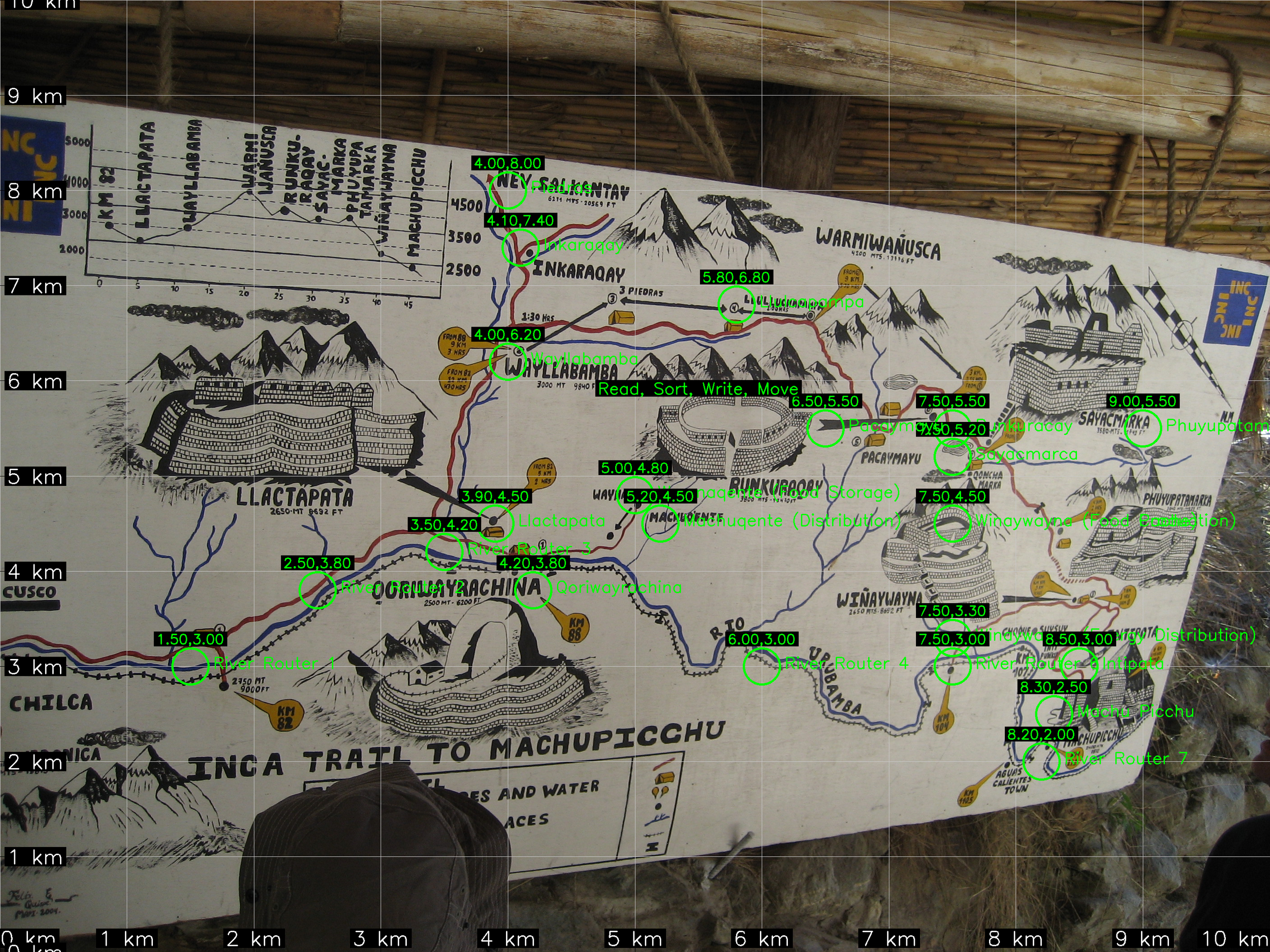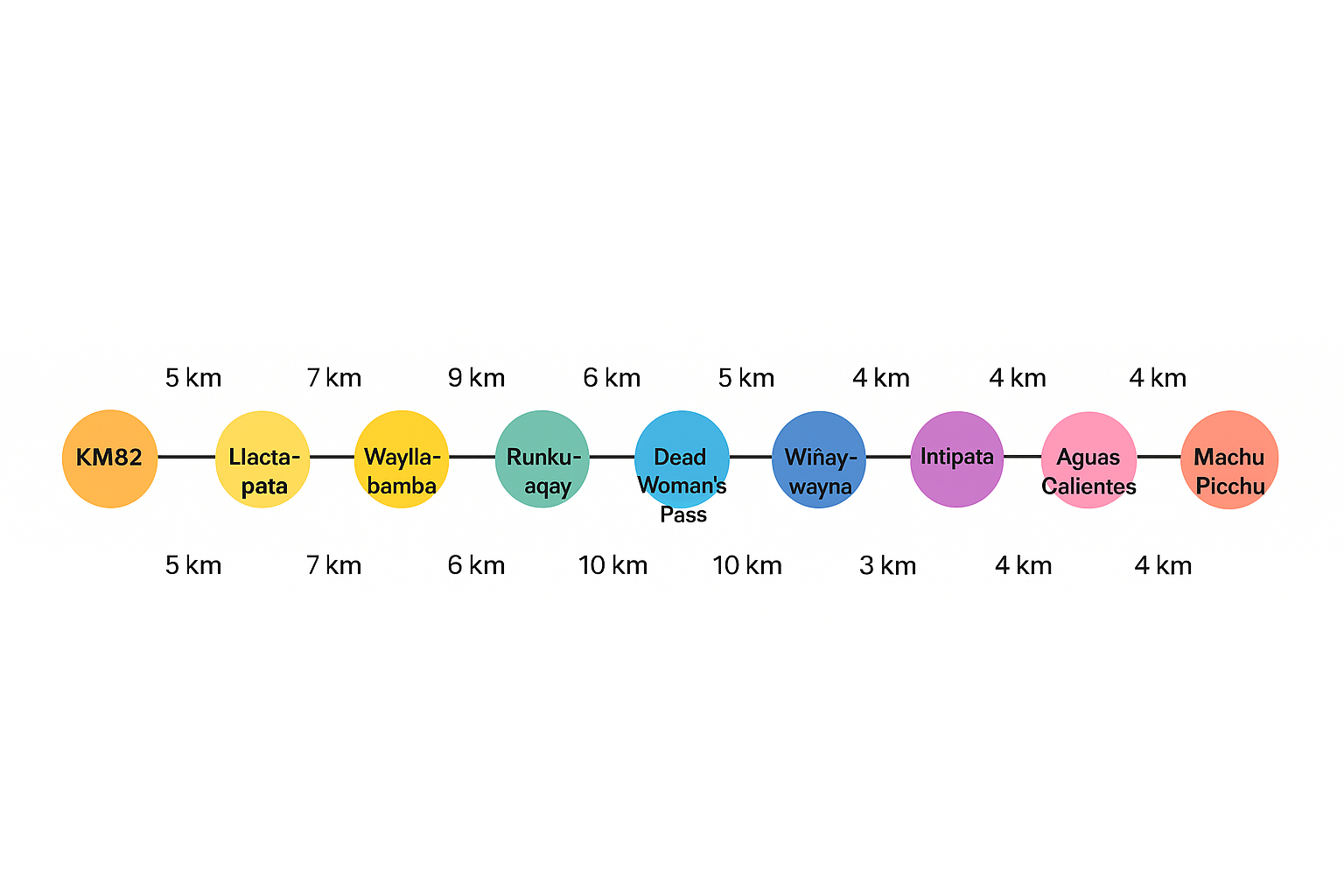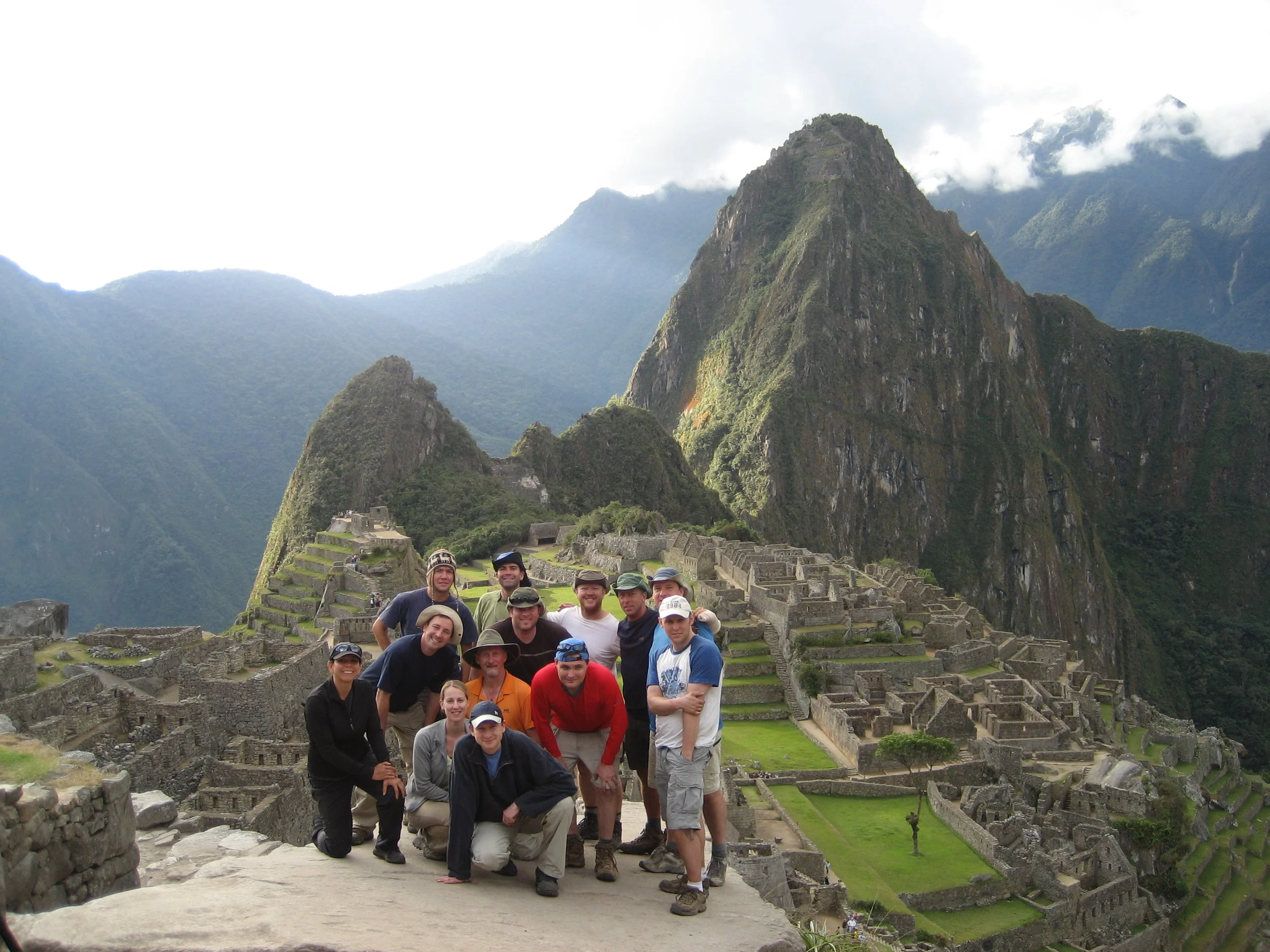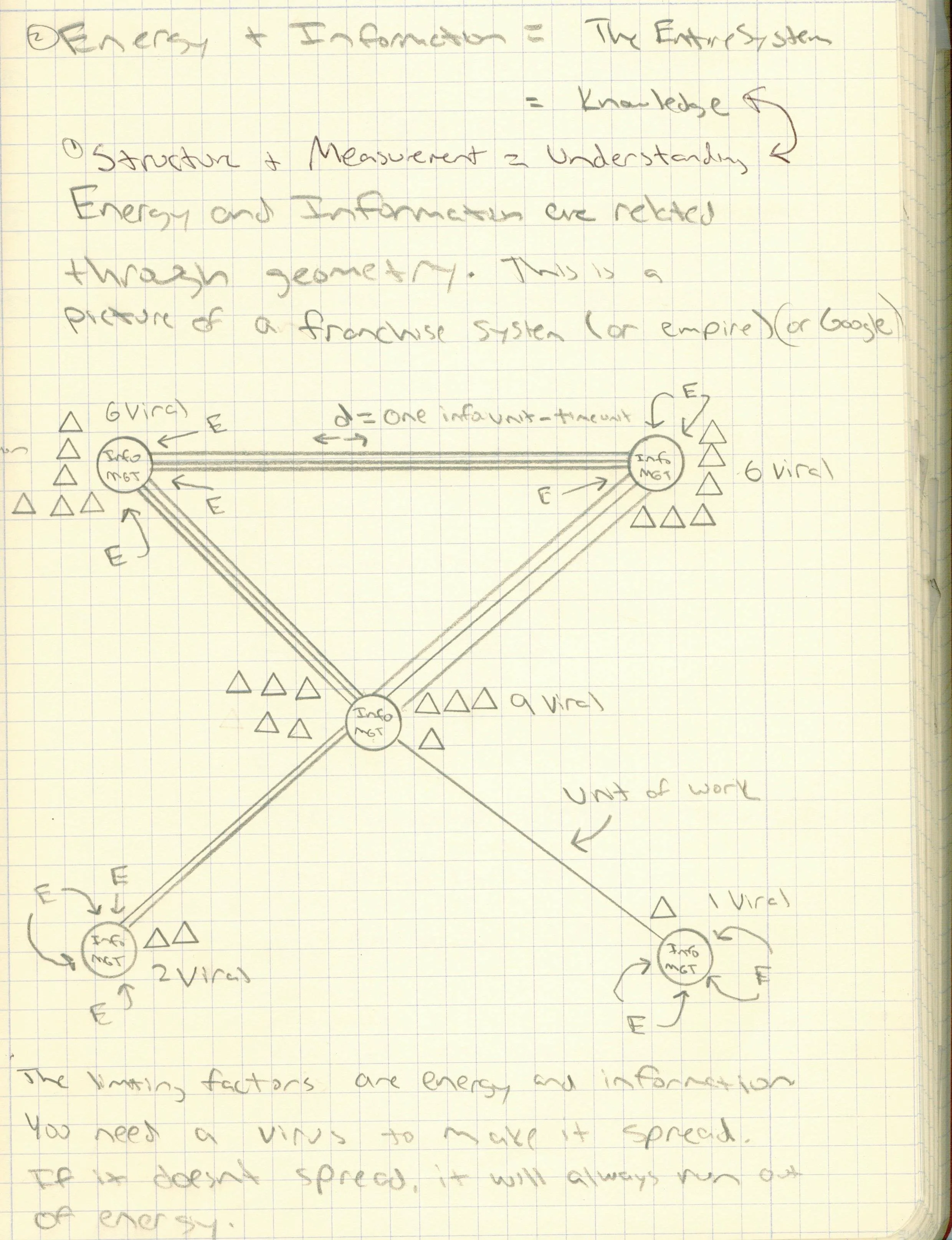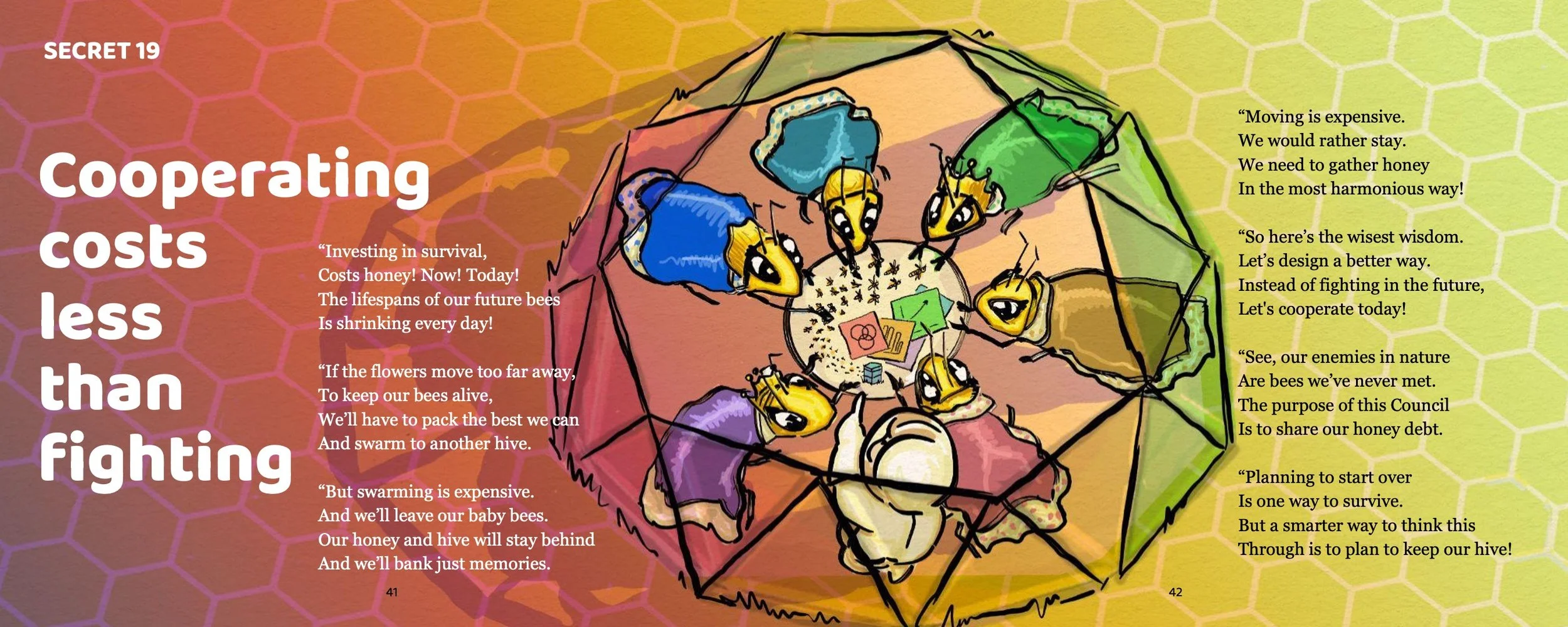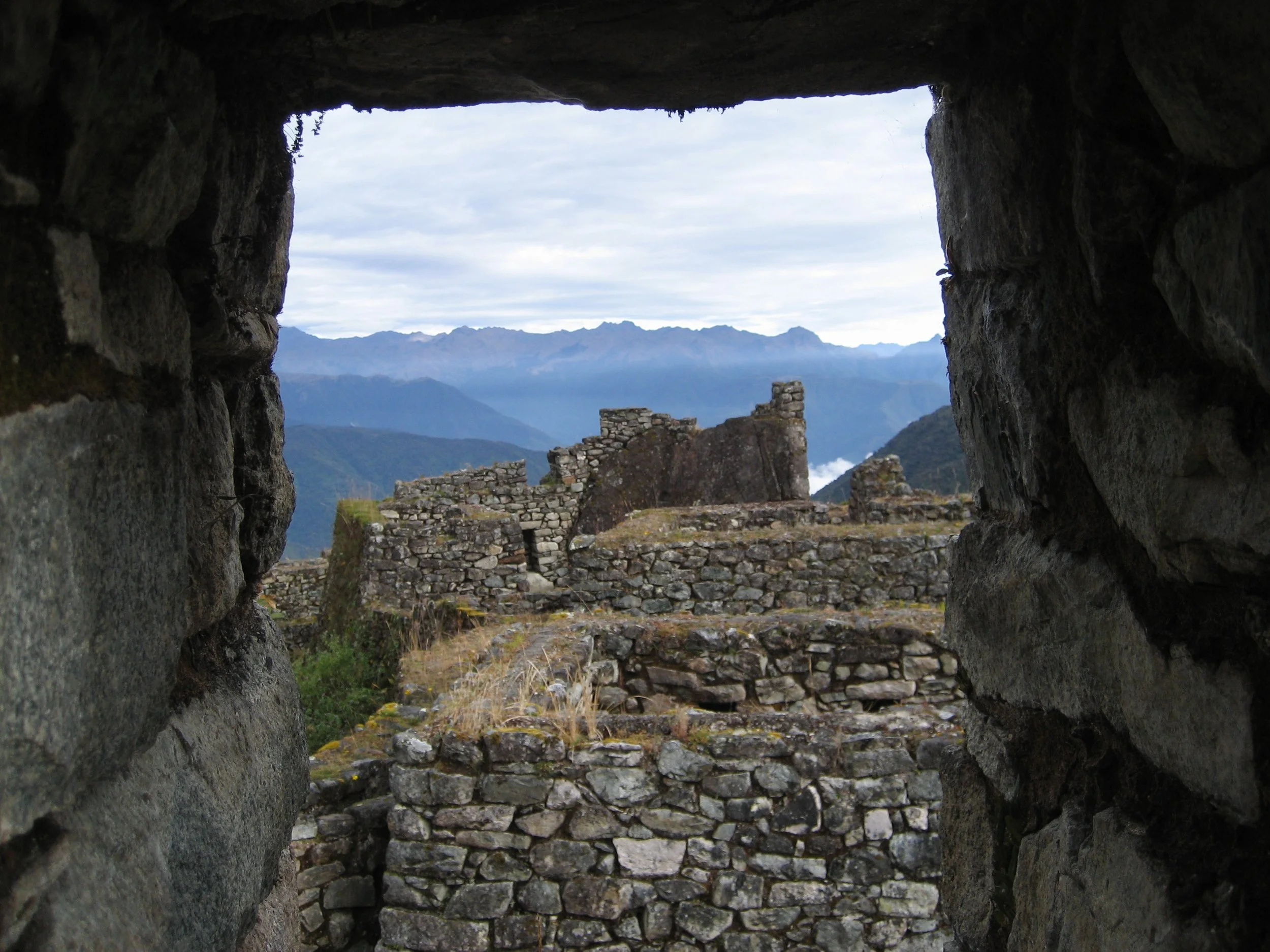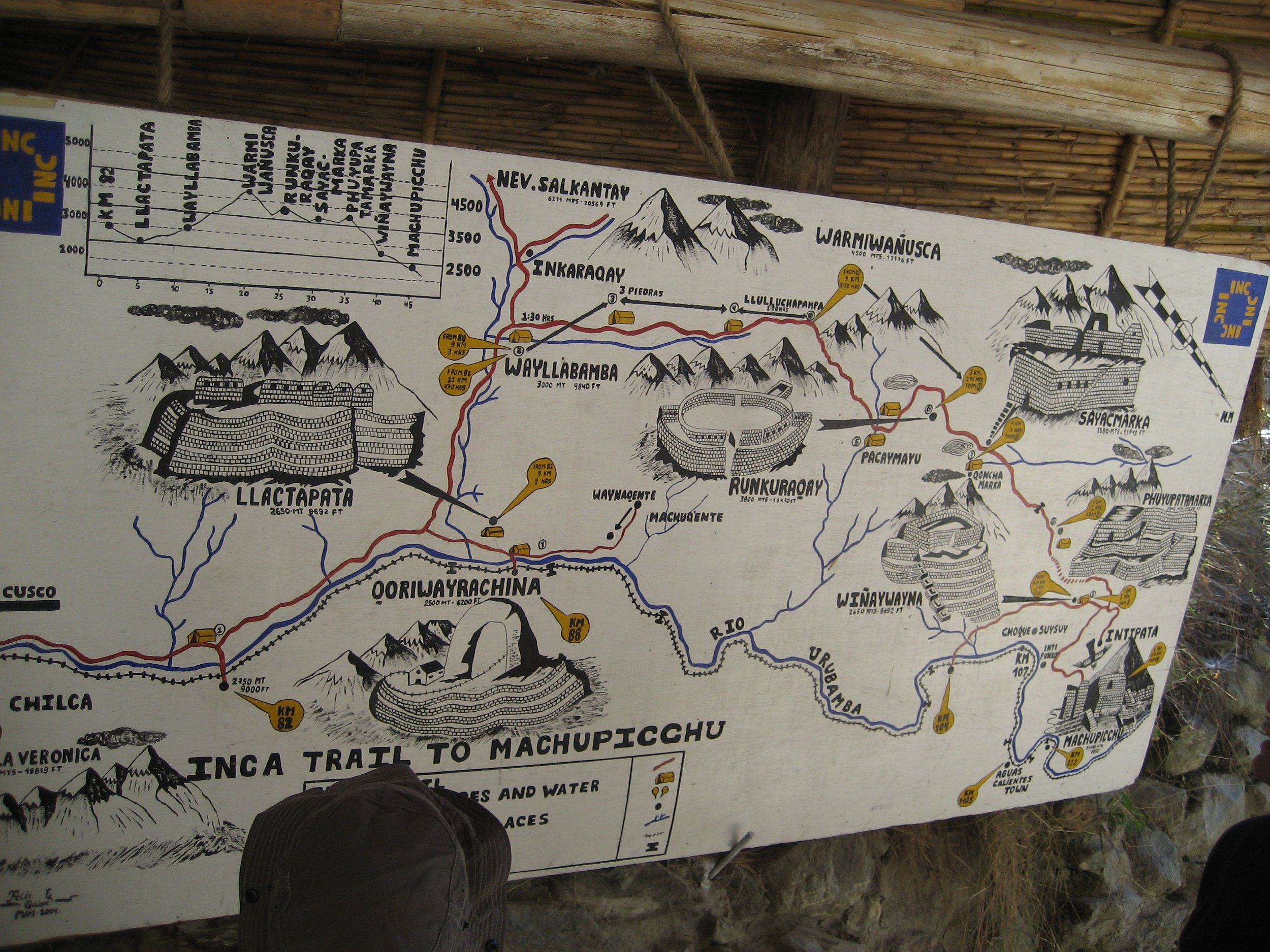Empires: Lesson 25. Architecting a civilization (Distributed, Viral, Nodal, Organic). 2007
Observation
The story illustrates how architectural designs and placements in ancient civilizations were not only about creating structures but deeply intertwined with optimizing information flow, shared values, and connecting people to nature and each other. This concept highlights the significance of considering environmental, social, and functional aspects in design. The author's personal exploration emphasizes how these insights can be applied to modern enterprises like franchises, using the principles of being distributed, viral, nodal, and organic.
The Lesson
Understanding and applying the architectural and societal organization principles of ancient civilizations can offer valuable insights for building efficient, sustainable, and interconnected modern communities and businesses.
How this is helpful
Inspiration: Viewing ancient architectural choices as sources of wisdom.
Connection: Emphasizing the importance of alignment with nature and society.
Strategy: Utilizing historical patterns in modern planning and development.
Questions for Reflection
Purpose: Why did ancient architects design buildings and cities the way they did?
Relevance: How can these old patterns inform our current and future society?
Application: What aspects of ancient wisdom can I integrate into my life or work?
At the Inca Trailhead (Km 82), this map can be read as a hybrid Token‑Ring/Ethernet network: evenly spaced ‘nodes’ hand off supplies with minimal wasted effort and use multiple overlapping routes to maximize flow. This is the best design.
Adaptable Routing
Token Ring and Store-And-Forward
Think of the Inca Trail like a big circular track with ten stations—each station is a campsite or ruin where hikers rest.
The paths between stations are all about the same length, so a runner carrying a glowing baton (the “token”) takes roughly the same time to get from one stop to the next.
At each station the runner drops off a message, then the next runner picks it up and runs on.
No one waits too long, so every station gets a turn quickly.
At busy camps, people can also shout messages to their neighbors without waiting for the baton. If two people shout at once, they notice and try again.
Because the circle size and station spacing are balanced, the baton goes round and round fast, and the network runs smoothly.
Detailed Network Analysis
Number of nodes: 10 stations/campsites
Total ring length: 50 km
Link distances: 1.5–9 km (average ∼5.6 km)
Propagation speed in cable: 2×10⁸ m/s → one‑way delay ≃ 0.25 ms
Frame size: 1 500 bytes (12 000 bits) → transmit time @ 10 Mbps ≃ 1.2 ms
Token‑ring utilization: 1.2 ms / (1.2 ms + 0.25 ms) ≃ 83 %
Ethernet segment limit: ≃ 5.1 km (to avoid late collisions at 10 Mbps)
1. Balanced Link Lengths
Most segments (5–7 km) sit just below the Ethernet collision‑domain limit. Only two 9 km legs slightly exceed it; you’d insert a repeater or switch there. Keeping segments similar smooths token rotation and collision windows.
2. Tiny Token Delay vs. Large Frame
With a 50 km ring, the one‑way propagation is just 0.25 ms. A 1 500‑byte frame takes 1.2 ms to send. Since propagation is only ~17% of frame time, the token‑ring spends most of its cycle sending real data, yielding high throughput (~83% link utilization).
3. Loop Closure and Determinism
Closing the ring via the train segment back to KM 82 makes a single 50 km token path. This guarantees each station gets the token in a fixed order, ideal for time‑critical messages.
4. Hybrid Token/Ethernet at Hubs
High‑traffic nodes like Wiñaywayna or Aguas Calientes can break off small Ethernet spokes or switched segments to serve multiple devices without impacting the main ring.
5. Optimal Bits‑Per‑Second
- Token‑Ring: Effective throughput ≃48 Mbps with 10 Mbps links when considering frame and guard times.
- Ethernet: With repeaters or switches on the two longest spans, collision domains remain under 5 km, so standard CSMA/CD timing works without lost frames.
Together, these design choices—balanced spacing, minimal propagation delay, proper ring closure, and strategic repeater placement—make the Inca Trail an almost textbook‑perfect mixed token‑ring/Ethernet network.
Simple Explanation
Think of the Inca Trail like a big circular track with ten stations – each station is a campsite or ruin where hikers rest. The paths between stations are all about the same length, so a runner carrying a glowing baton (the “token”) takes roughly the same time to get from one stop to the next.
- At each station the runner drops off a message, then the next runner picks it up and runs on.
- No one waits too long, so every station gets a turn quickly.
- At busy camps, people can also shout messages to their neighbors without waiting for the baton. If two people shout at once, they notice and try again.
Because the circle size and station spacing are balanced, the baton goes round and round fast, and the network runs smoothly.
Detailed Network Analysis
We model each campsite as a node (with its altitude) and each trail segment as an edge (with its distance and elevation gain). Key metrics:
- Total ring length: 50 km
- Propagation speed in cable: 2×10⁸ m/s → one‑way delay ≃ 0.25 ms
- Frame size: 1500 bytes (12 000 bits) → transmit time @ 10 Mbps ≃ 1.2 ms
- Token‑ring utilization: 1.2 ms / (1.2 ms+0.25 ms) ≈ 83 %
- Ethernet segment limit: ≈5.1 km to avoid late collisions at 10 Mbps
Most trail segments (5–7 km) are just under the Ethernet limit. Only two 9 km legs need a repeater or switch. The ring closes via the train spur back to the start, making a 50 km loop for predictable token passing. At busy camps you can run small Ethernet spokes for local devices without hurting the main ring.

